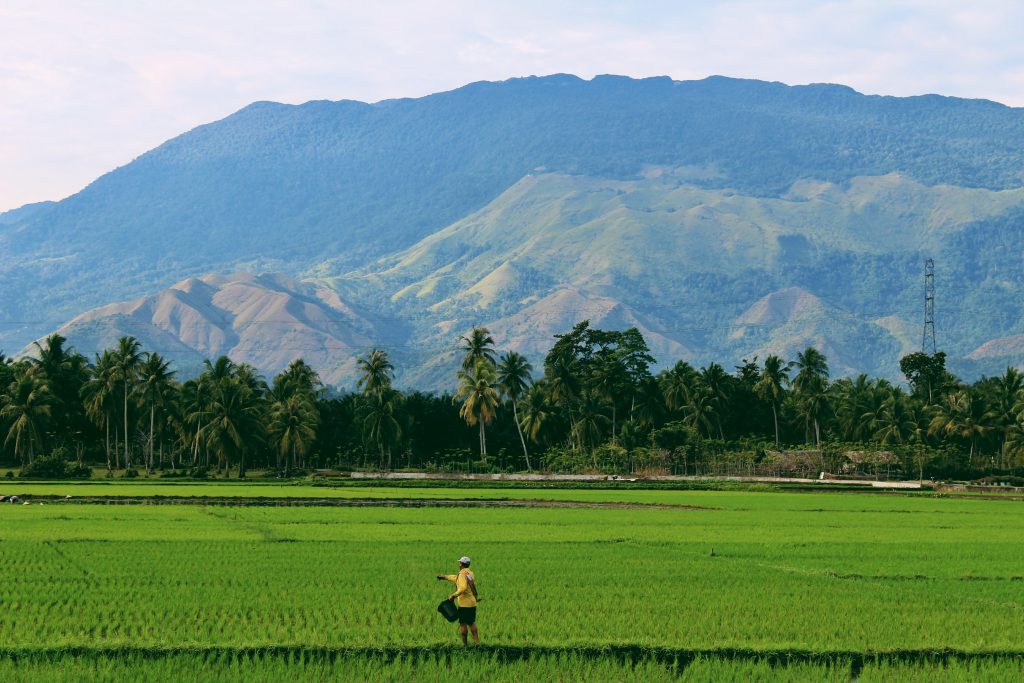CEM: Methane emissions in rice cultivation can be reduced by cable bacteria
Rice is the primary food source for about half of the world’s population, but rice cultivation is extremely stressful to the climate because it emits the greenhouse gas methane. Now researchers from the DNRF’s Center for Electromicrobiology (CEM) at the University of Aarhus and a German research colleague may have found one solution to rice production’s negative impact on the climate. By adding electrical cable bacteria to soil with rice plants the researchers observed a significant reduction in methane emissions by over 90%. The study was recently published in the scientific journal Nature Communications.

Rice is one of the world’s major crops and the primary food source for about half of the world’s population. But rice cultivation is also a huge climate burden. The cultivation of rice emits the greenhouse gas methane, which is far more powerful than CO2, and rice cultivation is estimated to constitute a large part of the world’s total emission of methane.
Now researchers from the DNRF Center of Excellence CEM at the University of Aarhus and a German research colleague may have found one solution to the large impact of rice cultivation on climate. In a new study, the researchers observed a significant difference in the emission of methane when cultivating rice plants; electrically conductive cable bacteria were added to the soil of some of the plants, and some plants were grown without the bacteria.
“The difference was far beyond my expectations. The pots with cable bacteria emitted 93% less methane than the pots without cable bacteria,” said Vincent Valentin Scholz, a Ph.D. student at CEM and lead author behind the study.
Grow in water
Traditional rice cultivation produces methane because the rice plants grow in water and are most often grown in flooded rice fields. When the fields are flooded, the soil becomes poor in oxygen, which causes microbes in the soil to generate methane that is released through the rice plants. But it looks like that process is something the cable bacteria can now change.
“Cable bacteria transport electrons over centimeter distances along their filaments, changing the geochemical conditions of the water-saturated soil. The cable bacteria recycle the soil’s sulfur compounds, thus maintaining a large amount of sulfate in the soil. This has the consequence that the methane-producing microbes cannot maintain their activity,” said Scholz.
Rice cultivation emitting methane is not a new phenomenon, and it is known that the world’s many rice farmers can temporarily curb methane emissions by spreading sulfate on the rice fields. But with the new results from the Danish-German research team from CEM and the Universität Duisburg-Essen, it seems that the whimsical cable bacteria can become a more durable and, more importantly, a more climate-friendly method for reducing methane emissions.
Read the scientific article from CEM in Nature Communications here
